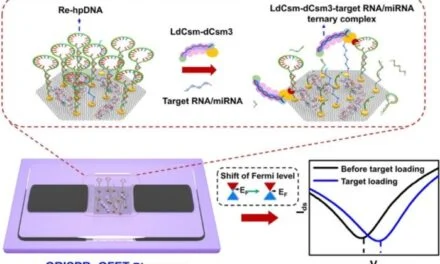SpeeDx Pty Ltd, Sydney, Australia, has received the CE mark for its PlexPCR HSV 1&2, VZV multiplex qPCR kit. The new multiplex molecular diagnostic offers a single-well solution to cover the detection and differentiation of three herpes viruses: herpes simplex virus (HSV) 1 and 2, and varicella zoster virus (VZV), in addition to an internal control. Validated for use on multiple lesion specimen types, the test is designed to streamline herpes testing workflows and support appropriate clinical and therapeutic management for infections that present similarly.
“Our previous study highlights that a small but significant number of cases of presumed genital HSV infection are caused by VZV, and that zoster needs to be considered as a differential diagnosis for genital herpetic lesions,” says Tim Read, MD, a sexual health physician at Melbourne Sexual Health Center.
The study found that 3% of genital infections were positive for VZV. Infections identified to be VZV follow treatment and clinical counselling paths distinct from those for HSV, further highlighting the need for VZV testing of genital lesions.1
“We are delighted to receive CE-IVD marking for this new high-performance benchmark for multiplex qPCR HSV and VZV testing,” says Colin Denver, vice president of sales and marketing for SpeeDx. “This marks an exciting time for SpeeDx in Europe, following our partnership with Goffin Molecular Technologies BV and the establishment of our European headquarters.”
The PlexPCR HSV 1&2, VZV kit is the first SpeeDx test to receive CE mark status. The SpeeDx portfolio encompasses a range of infectious disease and antibiotic-resistance detection kits based on the company’s unique and market-leading multiplex technology.
HSV is a contagious infection spread through oral or sexual contact; although it causes a lifelong infection, treatment can reduce symptoms. VZV is a commonly occurring virus causing chickenpox in children, teens, and young adults, as well as herpes zoster (shingles) typically in adults and aged populations. All three viruses present with clinically similar symptoms, appearing as lesions or ulcers on the skin, mouth, or genital area. Due to the similarities in clinical presentation, molecular-based tests have become the gold standard to detect and differentiate the cause of infection. Antibiotic treatments for HSV 1&2 and VZV include acyclovir, famciclovir, and valacyclovir; however, appropriate dosage requires correct identification of the causative virus.
For more information, visit SpeeDx.
REFERENCE
- Birch CJ, Druce JD, Catton MC, MacGregor L, Read T. Detection of varicella zoster virus in genital specimens using a multiplex polymerase chain reaction. Sex Transm Infect. 2003;79(4):298–300; doi: 10.1136/sti.79.4.298.







